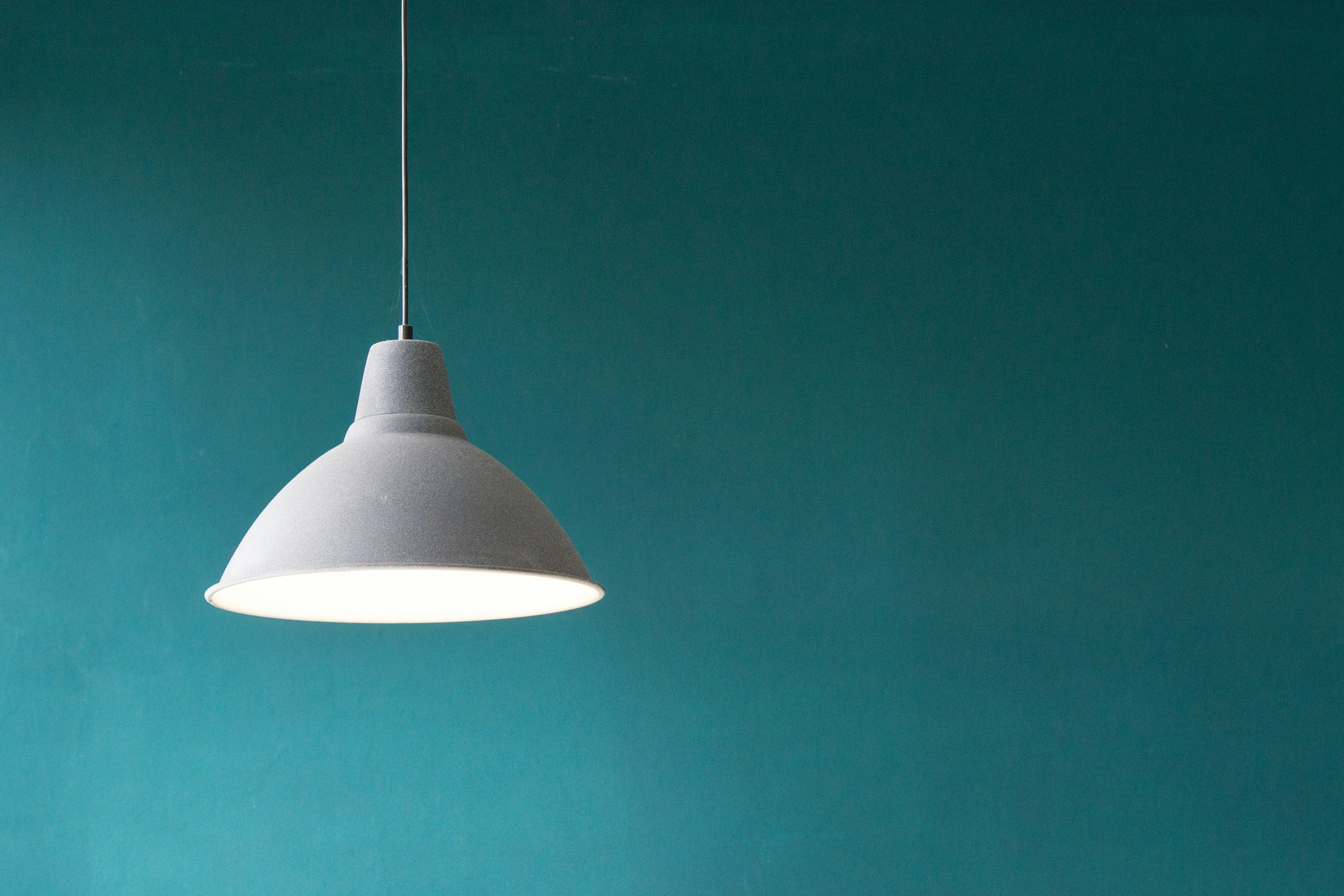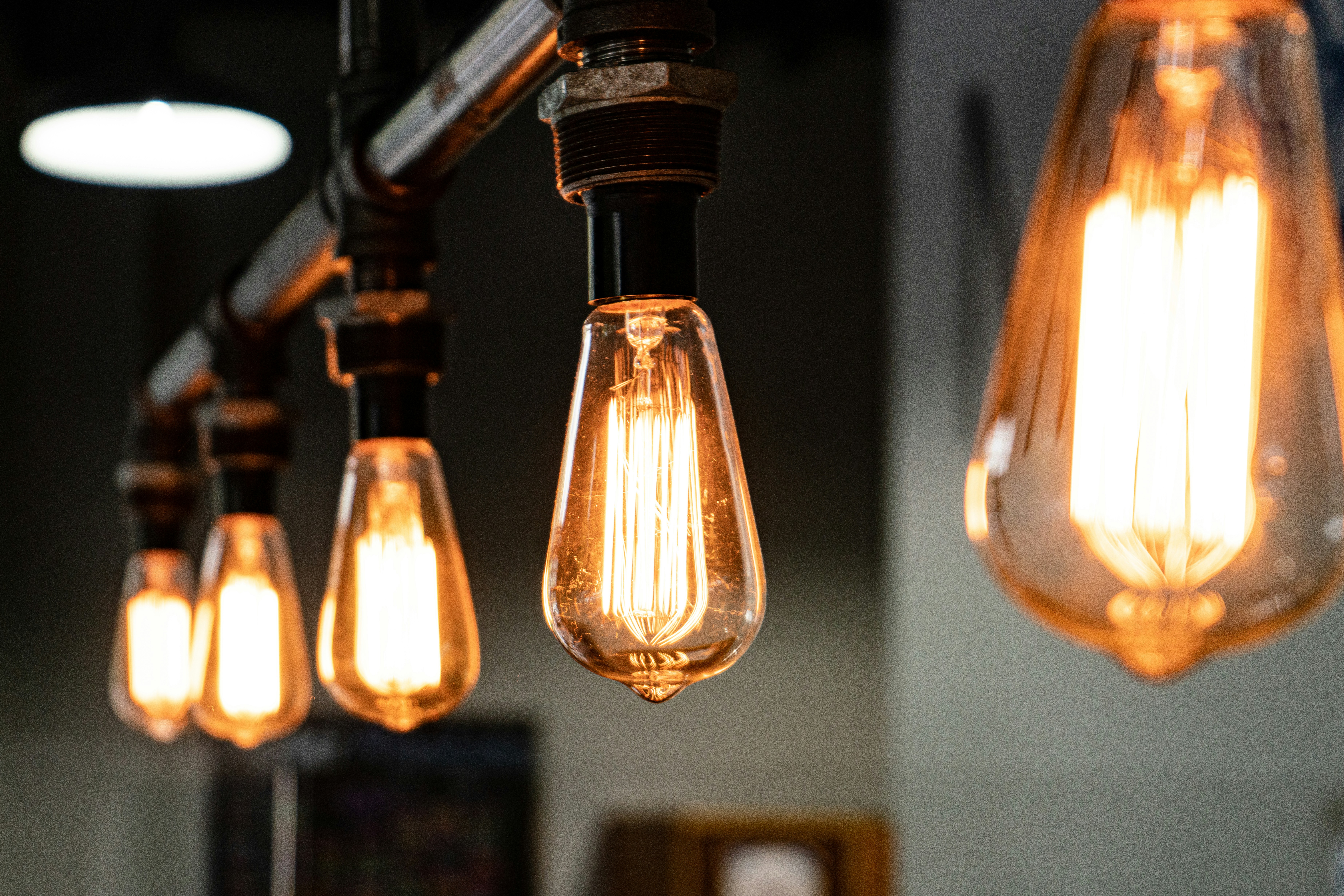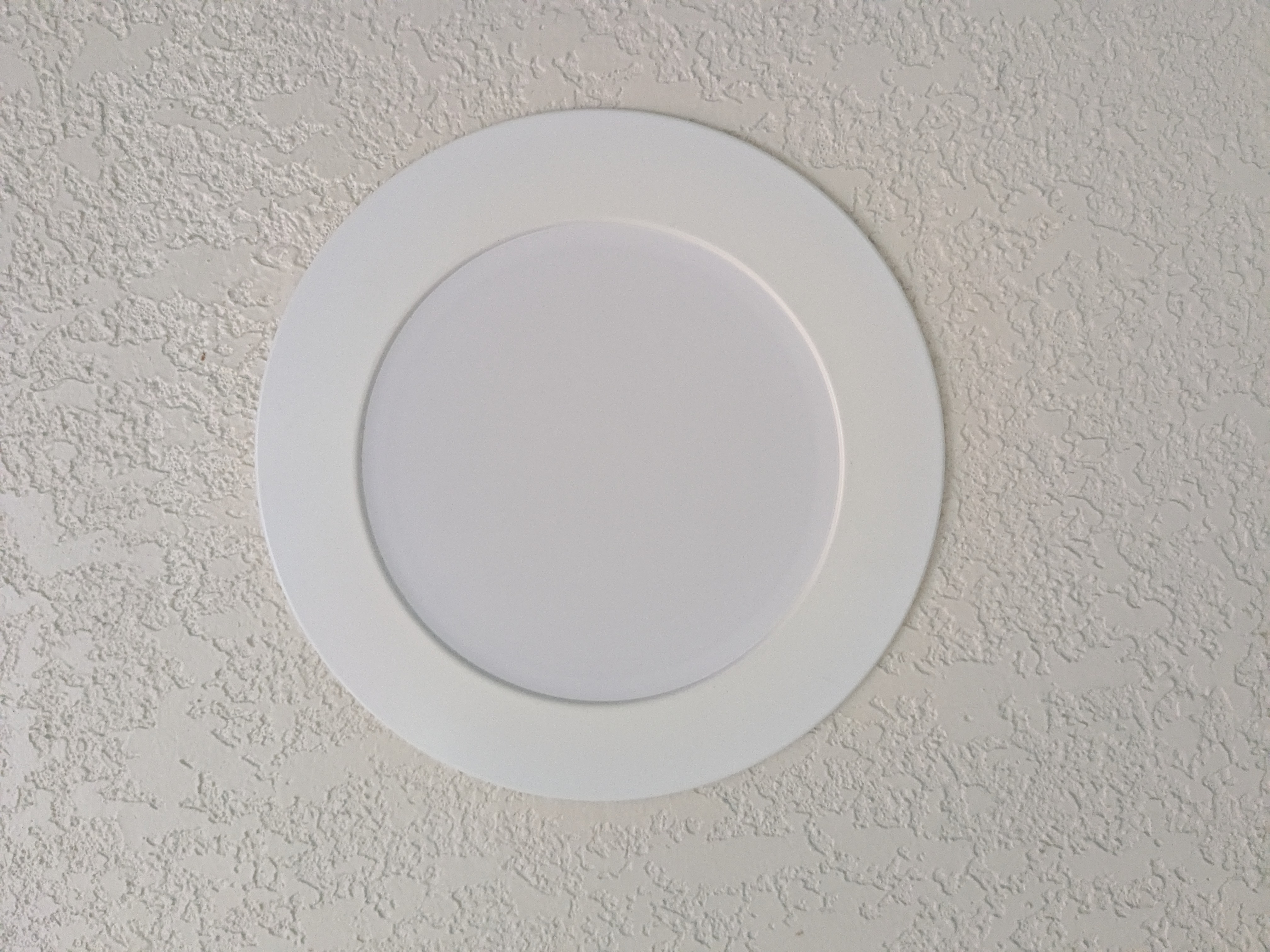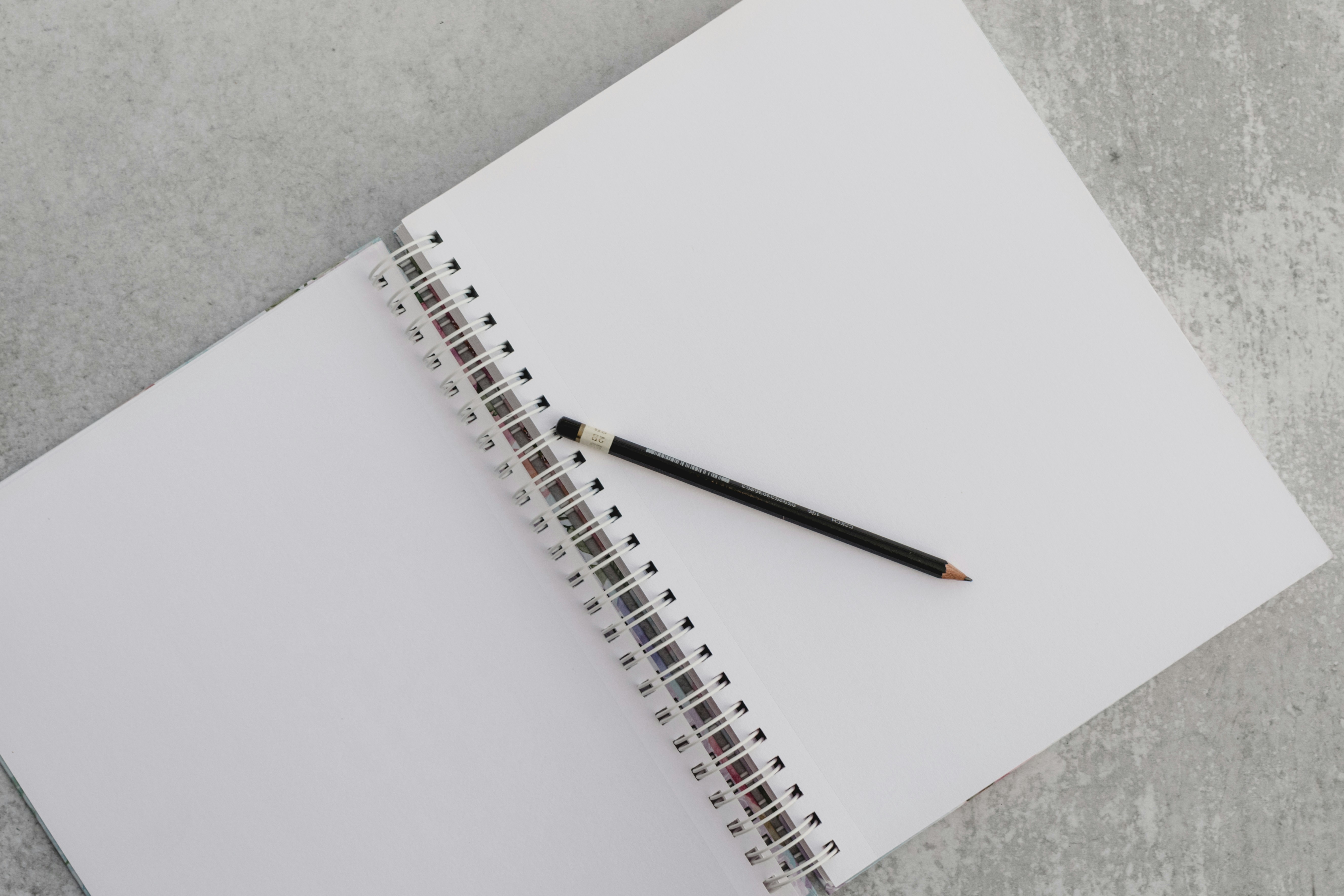
Lighting Options

The lighting in your space has a huge effect on how you use it and how it feels to be there. Lighting design involves psychological as well as technical considerations. Having installed countless lighting solutions for clients, I can say that new lights are likely to bring a huge smile to your face when you walk into the room for the first time. Updating your lighting can involve small affordable changes or much more extensive improvements, depending on what your needs and budget are, but any improvements you make will be immediately rewarding in your daily life.
Bulbs and Colors

A simple and affordable way to improve your lighting is to change out the bulbs in your existing fixtures. You can change the style, color, and brightness. If you have a mixture of inconsistent colors or styles, unifying them can improve the appearance of the room.
Color Temperature refers to how "warm" or "cool" the light is, or how blue or yellow. A great example of the difference is the color of the sun at sunrise or sunset versus at mid-day. In the middle of the day, it's a cooler or bluer light, and when it's low in the sky it turns a more red or yellow color. Electric light color temperatures are measured in degrees Kelvin. There are also various terms used to describe the color that are less technical. Here are some common color temperatures you will see, and typical uses, though keep in mind these are subjective descriptions and your experience may differ.
- 2700K - "Warm", "Candle-light" - Bedrooms, Living Rooms, Lamps, Chandeliers
- 3000K - "Warm White", "Soft White" - General lighting, bathrooms
- 3500K - "Neutral" - Similar to 3000K but feels brighter
- 4000K - 5000K - "Cool", "Daylight", "Bright" - Utility, Storage, work areas

Brightness is the amount of output the light has. This is regardless of the color temperature. If a space feels dark, you can increase the wattage without changing the color of the lights. This is a bit confusing, because people often find cooler temperature lights to feel brighter, but in fact any color of light can have more or less power coming out of it. Our eyes are more sensitive to blue, and it's associated with daylight, so many times when people say a light is bright they are talking about both the brightness and the color. Thus we can make things feel less bright by picking a warmer color, choosing weaker bulbs, or dimming the lights.
The main limit on wattage is the overall load on the lighting circuit. Household lighting circuits are either 15 amps or 20 amps. Each light bulb uses a bit of that amperage. If you overload the circuit, it will generate more heat and eventually trip the breaker. When you have a heavily loaded lighting circuit but you need more light, here are your options:
- Use more efficient bulbs - ones that put out the same lumens but use less watts. This is most likely to be possible if your bulbs are older.
- Use cooler color temperature bulbs. The eye is more sensitive to cooler temperature lights (higher Kelvin numbers) and so a space can feel brighter with the same wattage if the color is a bit cooler. Keep in mind, if you make the color too bluish, it can be unpleasant for some people.
- Add more lights. If you use more efficient bulbs, you may be able to add some additional lights without overloading the circuit. An electrician can help you calculate this.
- Add another lighting circuit. Obviously, this will help. It may be more costly.

Style of lighting varies widely and can have a big effect on the appearance. There are many different kinds of bulbs and fixtures, but here's some basic ones. We'll focus on LED, since most lights these days are that variety.
- White bulbs - traditional-looking white bulbs that diffuse the light. Put them in a lamp, a can, a sconce, pendant, or a chandelier
- Clear "Edison" bulbs - old-fashioned appearance, brighter, sharper shadows. Mostly used in pendants, sconces, and chandeliers
- Flat panels - A bunch of very small lights are behind a white panel to spread light over a wider area. Usually surface mounted.
- "Can" or "Recessed" - these go in the ceiling, and may be like a spotlight or a diffused panel style. There will be some kind of trim around it.
- Tubes - Mimicking older fluorescent lights, typically used in offices and garages
- "Strip" or "tape" - used for under-cabinet, crown molding, toe-kick, in-cabinet accent lights. They can be cut to whatever size is needed. Used bare or in a channel, with or without diffusion.
Making Changes
Whether you know exactly what you want or you needs some ideas, talking with an electrician and getting a free estimate can help you come up with a plan and get your changes made. Improving the lighting in your space is very rewarding and can greatly improve how your house feels. Contact me today for friendly, knowledgeable help.
